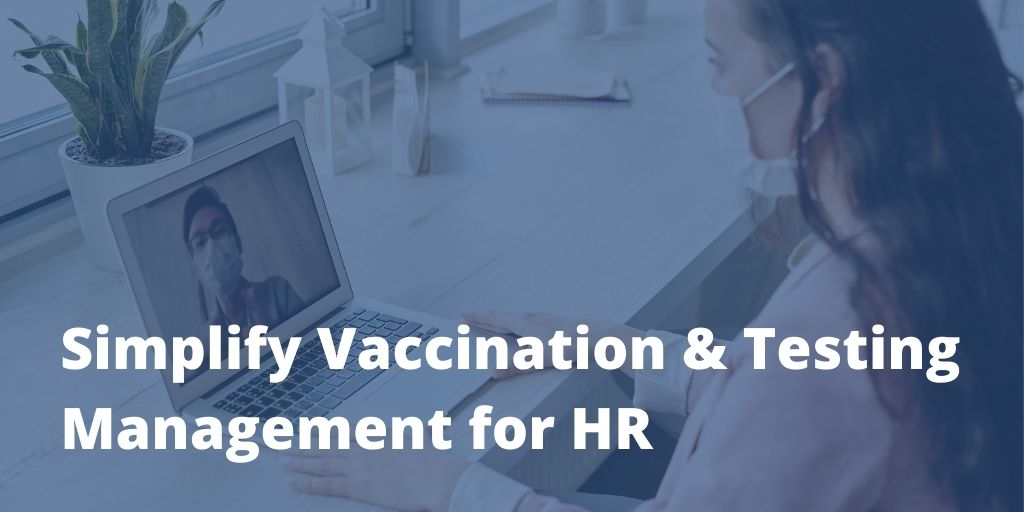
Flip a coin to choose which software to buy
Study after study shows us that the chances of getting value from your document management system is 50/50. That’s right 50% of people get it right, and 50% choose the wrong solution. Now, if you have just spent a King’s ransom deploying, coding and rolling out a solution, you won’t want to hear this so stop listening now. For everyone else, let's carry on.
As I have been in the industry for a few decades (ouch that hurts to write, in my head I am still 21) I have picked up a few tips that if you follow, you can significantly increase your chances of success.
So here is my ...
Simplified top 4 tips to ensure you select the right software for your business.
Tip 1: Best solution in the world
OK that was simple wasn’t it?! Look at the leading reviews and analysts reports and choose the solutions that are considered the best. Thousands of other companies should have already tested anything that you are looking to do. So have a look to see which wins awards, has high customer satisfaction, and consistently year in year out is chosen by leading industry experts as the best. You will therefore know that all the key bases will covered, security, scalability, performance, and functionality.
If you want to save time, give me an InMail or complete the form at the bottom of the blog, and I can share all this research with you. It will save you a lot of time looking for it yourself.
Which RPA solution is the best? Read our blog >>
Tip 2: Easy to use
Perhaps the most important tip of all (so I made it number 2?) is, the software should be easy to use. Let me ask you a question. Have you ever bought anything from Amazon? Yes? Well then, how much training were you given to use their website? What? You weren’t given any training at all, and yet you managed to buy those new headphones all by yourself?
This flies in the face of Enterprise software roll outs. Here we have change management experts being drafted in to force users to comply with all the new keystrokes, function keys and interfaces. Why? Surely any software you buy now should be designed with the user in mind and is so easy to use you don’t need any training?
The key reason software fails, apart from it not being fit for purpose, is that the users fail to adopt it. Users will adopt most things that make their lives easier and is easy to use. So make sure that the software you are looking at is used by your team. Get the top 2 or 3 vendors in and let your users loose on it to have a play. If they like it, it is likely to succeed. If they hate it, it will probably fail. Forget if the solution met the RFP, or this is the cheapest one. The software graveyard is littered with abandoned solutions that failed to get user adoption. The real price of software is how effective it is to use. I have seen countless examples of massive failure where a seemingly cheap or “free” piece of software is deployed, but the users are forced to work in a highly unproductive way, and even cite the solutions as reasons they leave their jobs.
It doesn’t need to be this way, again if you are interested I have looked at all the leading solutions and will happily share my experience with you. Just give me a message below and we can connect.
Tip 3: Easy to implement
OK, now we are going to get a little controversial. If you go to a leading global systems integrator who derive their profitability from the number of days they can sell to be on your site, what system do you think they are likely to recommend? One that can be installed, configured, and live in a few days - or one that will take teams of people weeks, months or years to deliver all on your ‘dime’? It doesn’t need to be like this. If the solution you are looking at claims to be a rapid application development environment then there is a clue, it is supposed to be rapid.
There are other clues to look for as well, does the system that you are looking at rely on custom code or scripting? If it does, this should be a big red flag. Coding is the new sugar, or as Gartner put it, “Customisation is cost that keeps costing”.
Not only do you have the cost of all the coders salaries on staff, but you will also have to factor in the cost of non-standard upgrades, additional support costs and creation of custom documentation and training (training? Surely it should be intuitive to use?). You should have your ears pinned back to check for any of these phases. “We have our own scripting language for that”, “that is simple HTML changes”, “Yes, we can create that for you” or “yes, we can create you a simple script for that”.
Avoid any system that needs this like the plague. You need 'simple is as simple does'.

The key word to listen for is configuration. Check - is that customisation with code, or configuration with zero code? Truly configurable systems allow you to build powerful functionality with drop downs, check boxes and radio buttons. Ask to see how a configuration is made. If you can see it is simple, then not only will this mean that your system will be easy to implement, but it will also be easy to change.
Tip 4: Easy to change
I have often said that change is the only constant, and in software this is even more true than life. What you think you need today will change. You will learn more about the application, the time saved will mean you can focus on more challenging needs, your customer, supplier, and employee needs will change, you will acquire new businesses, or be acquired. THINGS WILL CHANGE. So, knowing this, how easy will it be to change your system?
If it took months and months, with tens or hundreds of coders on site to implement, what will it be like when you need to change things? Sometimes even small changes can mean a total re-architecture of the solution as it may not have been designed to work that way. If you have chosen an agile, rapid development and zero code solution, then you are in a good place when change happens (as it will). It was easy to build the original configuration, and it will be just as easy to build the new one. As I said above - easy is as easy does. So, I suggest the following test. When looking at a new solution, change your mind during the demo and ask for it to be changed in front of you. If this can’t be done, avoid that solution.
The market is full of mature solutions all purporting to do the same thing, but they are not created equal. I will happily share my views with you on the heroes and villains - just reach out to me and I can give you an experienced view.
So, if you choose the right tool that is world class, easy to use, easy to implement and easy to change you have just got yourself a double headed coin and you can’t fail to succeed.

Tim Miller
Digital Transformation Expert
.png?width=828&height=208&name=Twofold-Logos-no%20drop%20(1).png)

